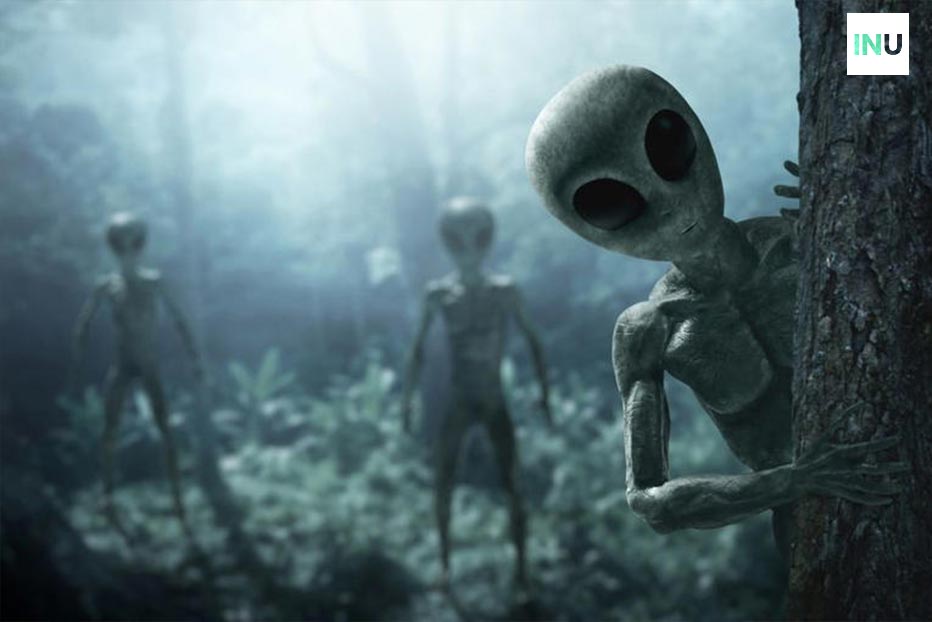Unveiling the perilous denizens of the oceans, where deadly stings and bites hold lethal potential. Explore a list of the most venomous marine species, each possessing a potent arsenal of toxins that command respect.
Blue-ringed Octopuses (Hapalochlaena)
- Venomous Powerhouses: Blue-ringed octopuses pack a deadly punch with their neurotoxin-laden venom.
- Swift Lethality: Their potent venom can claim a human life within minutes, with no available antivenom.
- Hidden Beauty: Their captivating blue rings appear when threatened, warning of their danger.
- Fatal Touch: Bites lead to paralysis and potentially respiratory failure, resulting in death in as little as 20 minutes.
Australian Box Jellyfish (Chironex fleckeri)
- Marine Terrors: The notorious Australian box jellyfish is among the ocean’s most dangerous creatures.
- Venomous Assault: Tentacles up to 10 feet long deliver venom causing excruciating pain and heart failure.
- Lethal Impact: Over 70 known deaths attributed to their venomous stings, with likely underreporting.
- Invisible Threat: Their transparent bells and tentacles can be hard to spot, making encounters perilous.
Irukandji Box Jellyfish (Carukia barnesi)
- Subtle Yet Deadly: The Irukandji box jellyfish is small but wields a powerful sting, known as Irukandji syndrome.
- Delayed Menace: A mild initial sting escalates to severe symptoms like high heart rate, muscle cramps, and fluid in the lungs.
- Unpredictable Impact: Between 20 to 40 minutes after the sting, victims face potentially life-threatening complications.
- Frequent Concern: Up to 100 hospitalizations annually in Australia due to Irukandji syndrome.
Portuguese Men o’ War (Physalia physalis)
- Misleading Appearance: Often mistaken for jellyfish, Portuguese men o’ war are venomous siphonophores.
- Colony of Threat: Composed of specialized individuals, their tentacles reach up to 30 feet, delivering painful stings.
- Rare but Deadly: Stings can lead to shock and fever; while fatalities are uncommon, they have been recorded.
Geography Cone Snail (Conus geographus)
- Molluskan Predators: Cone snails possess venom-filled, harpoon-like teeth for subduing prey.
- Select Menace: While most cone snails are harmless, the geography cone snail is a danger to humans.
- Venom Variety: Over 10,000 compounds in their venom, causing respiratory paralysis and sometimes death.
- Fatal Encounters: Approximately 15 deaths attributed to their stings in the last three decades.
Stonefish (Synanceia)
- Coastal Camouflage: Stonefish blend in with reefs, releasing venom when stepped on.
- Painful Consequences: Venomous dorsal spines cause intense pain and swelling, with severe cases leading to heart failure.
- Australian Peril: Dozens of stings each year in Australia, highlighting the potential danger.
- Lethal Potential: In extreme cases, respiratory difficulties and even death can result from a stonefish sting.
Red Lionfish (Pterois volitans)
- Alluring Menace: Beautiful yet venomous, red lionfish are invasive in the Caribbean and Southeastern U.S.
- Venomous Fins: Dorsal spines contain venom causing nausea, and paralysis, but rarely death.
- Ecosystem Impact: Their invasive nature poses a threat to native fish populations.
- Culinary Solution: Efforts to control their population through human consumption are underway.
Flower Urchin (Toxopneustes pileolus)
- Urchin Threat: Crowned the world’s most dangerous urchin, their venomous spines deliver severe pain and paralysis.
- Intriguing Appearance: Flower urchins can grow up to 15 inches in diameter and inhabit Indo-West Pacific environments.
- Ecosystem Role: Found in seagrass, coral reefs, and rocky/sandy regions, their venom contributes to their survival.
Striped Pyjama Squid (Sepioloidea lineolata)
- Double Danger: Striped pyjama squids wield both venom and poison for protection.
- Neurotoxin Threat: Their bite delivers venom containing tetrodotoxin, while their slime deters predators.
- A Misnomer: These cuttlefish, not squids, showcase unique defensive capabilities.
- Australian Intrigue: Found in Australia, they measure only two inches but pack a toxic punch.
Dubois’ Sea Snake (Aipysurus duboisii)
- Aquatic Menace: Dubois’ sea snake boasts potent venom and is one of the world’s most venomous snakes.
- Underwater Predator: Spending up to two hours hunting underwater, their bite causes a range of symptoms.
- Potent Yet Mild: Its tiny fangs lead to mild bites, but venom induces nausea, dizziness, and more.
- Dangerous Waters: Found in Australia, Papua New Guinea, and New Caledonia, their presence poses risks.
Beaked Sea Snake (Enhydrina schistosa)
- Potent Predators: Beaked sea snakes wield powerful venom and are responsible for numerous bites.
- Versatile Habitat: Found in sea and freshwater in the Indian Ocean vicinity.
- High Impact: Their venom’s potency surpasses that of a cobra, leading to significant concern.
- Human Interaction: Fishers in endemic areas often bear the brunt of their potent bites.
Japanese Pufferfish (Takifugu rubripes)
- Toxic Elegance: Pufferfish species are toxic, with the Japanese pufferfish leading culinary intrigue.
- Delicacy Dangers: Known as “fugu,” this delicacy requires expert preparation to avoid toxicity.
- Fatal Delights: Incorrectly prepared pufferfish can lead to death, with around 50 annual fatalities in Japan.
- Culinary Caution: Consumption of pufferfish dishes requires culinary precision to prevent poisoning.
Crown-of-Thorns Starfish (Acanthaster planci)
- Coral Predator: Crown-of-thorns starfish ravage reefs, with venomous toxins in their spikes.
- Large and Destructive: Reaching up to 3 feet wide, they feed by digesting coral tissues.
- Stinging Consequences: Stings lead to pain, vomiting, swelling, and rare instances of anaphylactic shock.
- Reef Impact: Found in the Indo-Pacific, including the Great Barrier Reef, they contribute to reef degradation.









